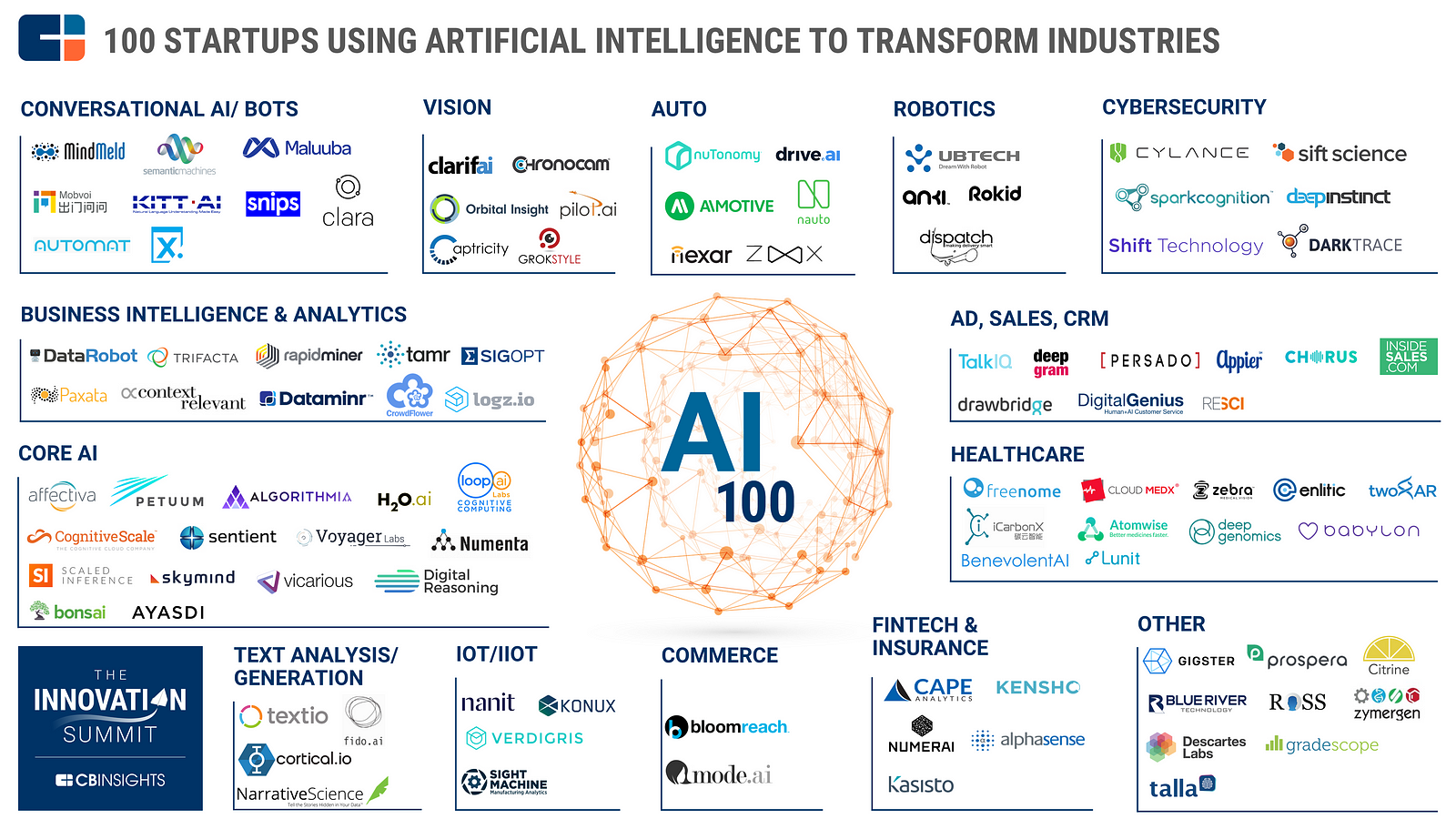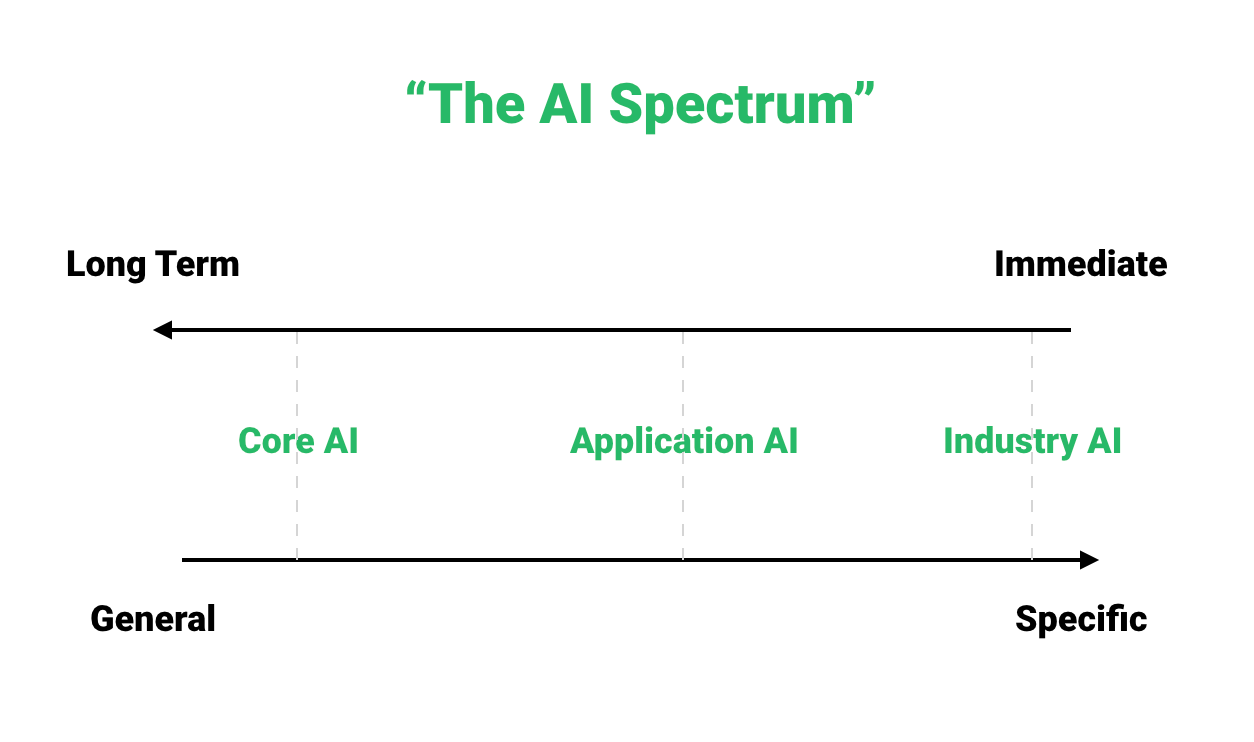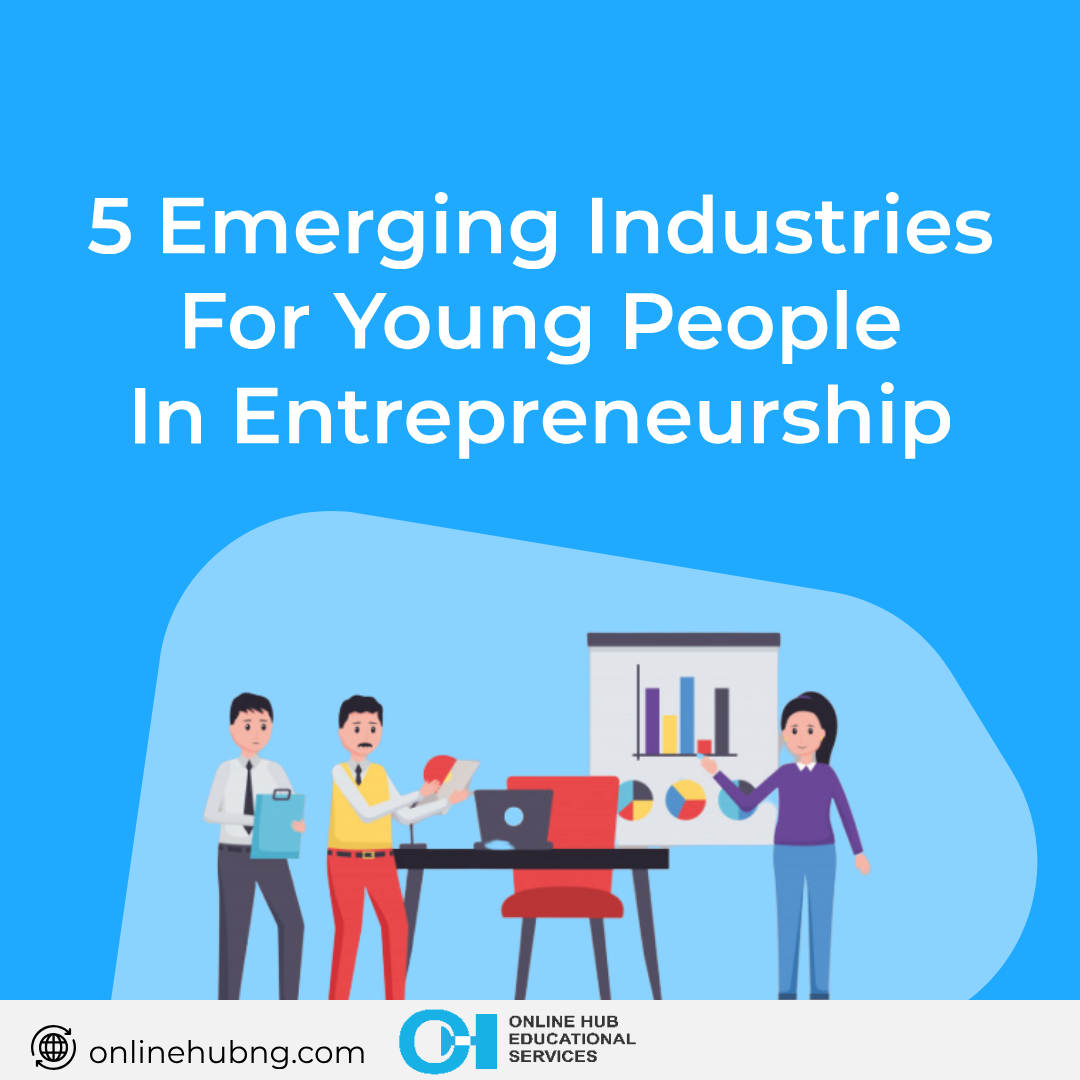As a Data Science grad from NYU and a VC analyst, I’m lucky to get to see and evaluate a lot of startups that are involved with AI (note: this term has some baggage. For the purposes of this post, I use AI and ML interchangeably to make things simpler). Heck, I’ve seen AI applied to some of the most obscure topics you can imagine, ranging from industrial energy usage all the way to finding the right GIFs. Using Artificial Intelligence to improve and create solutions to today’s pressing business and social problems is one of the defining trends of the tech world for me, and I’m more than excited to play a tiny (if insignificant) part of it.
That rosy picture being painted, I’m also a big believer that the right terminology is key to explaining things properly. I’m afraid that our industry doesn’t always do a stellar job at categorizing itself: AI companies seem to get put together in large buckets without clear demarcations. That can confuse things and make this scene harder to decipher than it needs to be.
For example, my friends over at CB Insights put together a stellar market mapof the “top 100 AI startups.”

This is a great resource by CBI, and clearly separates AI companies into segments based on the industries they tackle. But if we take a closer look, these categories don’t really work well together. Auto, Robotics, and Healthcare are industries, but Text Analysis and Vision are applications. And where does Core AI fit into the equation? These categories are very different, and probably shouldn’t be together in a single map. Let’s explore this distinction a bit further.
There are three types of AI companies — core, application, and industry
1. Core AI Companies
Core AI companies develop technology that improves parts of the AI creation or deployment process itself. Here are a few selected parts of that process and a few companies that are innovating in each:
- Data scrubbing and cleaning: Trifacta, Paxata, Wealthport, Datalogue
- Modeling: Sentient, Petuum, MLJar
- Deployment: Yhat, Seldon
These companies all innovate in some specific, industry-agnostic part of the AI pipeline. Some of them are specific tools, while others purport to have an entirely new approach to AI that will revolutionize how it’s done (see Geometric Intelligence circa 2015). If you’re investing in Core AI companies, you should probably have a good understanding of how this pipeline works. If you’re founding one of these companies, you should probably have experience deploying Machine Learning and AI at scale.
2. Application AI Companies
A bit on the more specific side, Application AI startups develop technology that helps companies across different industries perform a specific task using AI. As with the above, here are some examples of those applications and a few interesting companies in each:
- Analyzing and understanding text: Indico, Synapsify, Lexalytics
- Analyzing and understanding images and videos: Clarifai, Kairos, Imagry, Affectiva, Deepomatic
- Bots / Voice: Init.ai, MindMeld
While investors can get away with not having experience in one of these specific applications, founders will likely have done projects involving this stuff in the past.
3. Industry AI Companies
The final category of ML/AI companies apply these techniques to specificbusiness problems in specific verticals. This is undoubtedly the lion’s share of the actual number of companies being founded, and in many ways represents the true promise of AI — solving actual and immediate problems with new techniques. Here, it’s easier to give companies as examples. The format is always “AI for ________”:
- DigitalGenius: AI for customer support
- Cylance: AI for cyber threat prevention
- X.ai: AI for scheduling meetings
- Drive.ai: AI for autonomous vehicles
You get the gist by now — the common theme among these companies is that they take Machine Learning / AI and use it on a specific problem or space. When researching investments like this, investors will look at both the AI itself (if it works well) and the particular business case (whether it’s compelling). In x.ai’s case, investors will want to know if the AI works, but they’ll also look into whether AI is the best way to solve the scheduling problem (a question I always ask about blockchains too), and whether scheduling is a problem worth solving at all (spoiler alert: they do). With the other two types of companies, this is rarely a consideration. Founders of these types of companies can often not have AI experience and can even be non-technical (with the right supporting team and CTO, of course).
The AI Spectrum
To understand how these categories hold up in comparison to each other, we can define two critical axes for defining and evaluating these types of companies: ROI timeline and applicability, both from the customer perspective.

- Core AI: a significant investment that will likely take time to pay off, but can add benefit to almost any sector. Will generally be used by data scientists or other engineers who are deeply technical.
- Application AI: a medium term investment that can prove useful soon but will take some time to integrate into business processes. Relevant to multiple parts of a business and used by both technical and non-technical staff.
- Industry AI: an investment that can pay dividends almost immediately, but is going to only solve one specific type of problem. Will be used mostly (after set-up) by non-technical staff (sales, marketing, etc.).
These categorizations are generalized, so there are definitely exceptions (Core AI that is quick to deploy, etc.).
The Investor’s Perspective
As an analyst, I try to categorize companies into one of these buckets when I’m engaging in research because they’re all very different investments. Specifically, they sell to different points in the customer’s organization, require different sales cycles, and take different amounts of time and effort to implement (ROI timeline). It’s important to understand which version of all of these characteristics I’ll be dealing with. At Cornerstone VP, we’ve invested in multiple parts of this landscape with the knowledge that they involve different company paths and lifecycles.
The majority of companies I get to talk to (probably around 80%) are working on some sort of industry AI. Of the remaining 20%, 15% are Application AI companies and 5% are Core AI (again, roughly). Other investors, specifically AI-only investors, might have different distributions. We’ll also be looking for founders with the right backgrounds for the type of company they’re running (see above).
If you’re building a company in any part of this framework, I’d love to talk and hear about what you’re working on. You can reach me on Twitter or through email.





